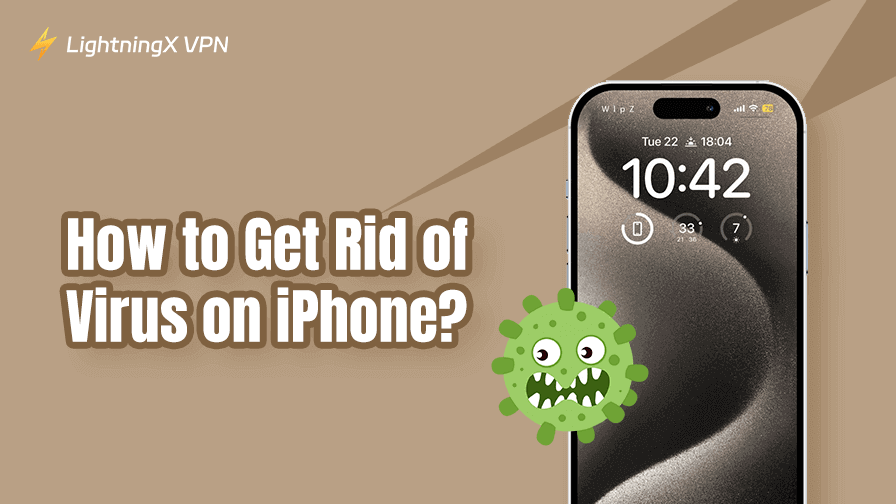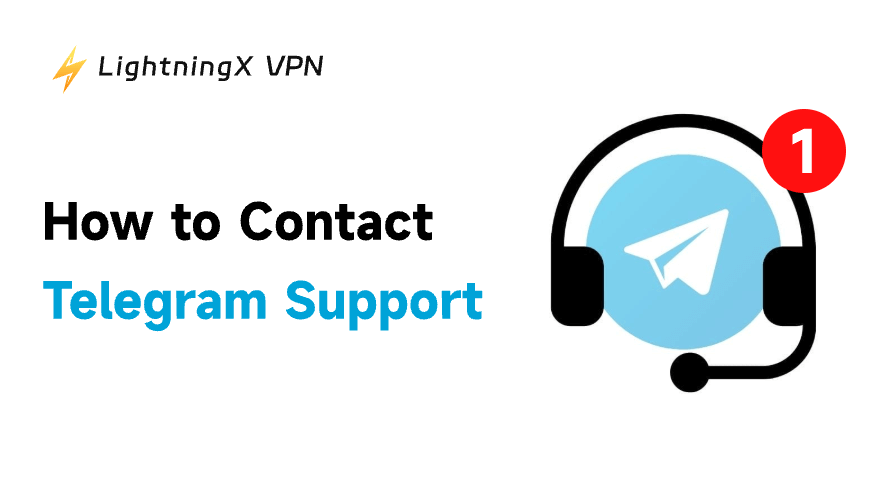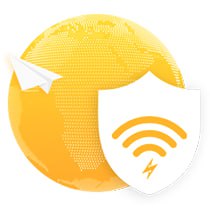iPhones are known for their strong security, but it is not 100% safe. Once your iPhone acts strangely, you might wonder: Can iPhones get viruses? The good news is that most issues can be fixed. In this guide, you’ll learn how to get rid of virus on an iPhone, how to check for infections, and how to avoid your iPhone being infected by virus.
Can iPhones Get Viruses?
Compared to other devices, iPhones seem less likely to be infected because Apple designed iOS with a strong focus on security. The majority of possible risks originate from dubious applications, dubious websites, or jailbreaking. iPhones are not impervious, though.
Some users report experiencing excessively rapid battery consumption, frequent app crashes, constant pop-up advertisements, or overheating when using the program lightly. These problems can indicate the existence of malware or malicious code, even though viruses may not necessarily be the reason. Early detection of these symptoms enables you to take action before the issue gets worse.
Also Read: How to Get Rid of Malware [Beginner-friendly Guide]
Signs Your iPhone May Have Viruses
How do I know if my phone has a virus? This is a common question people often wonder. However, not every issue on an iPhone points to a virus, but there are certain warning signs worth watching. Unwanted pop-ups may appear even when Safari is closed, and unusually high data usage can signal that malware is running in the background. You might also notice strange apps that you never downloaded, or find Safari redirecting you to unfamiliar websites.
In some cases, the phone may behave oddly, such as slowing down, overheating, or restarting without reason. If you notice several of these problems happening together, it is a clear sign that you should check your iPhone more closely for potential threats.
How to Get Rid of Viruses on Your iPhone?
Do not panic if you find a virus on your phone. Here are some safe ways to remove them and keep your phone clean:
1. Restart Your iPhone
Sometimes, what appears to be a virus is just a short-term error. Your iPhone’s system is refreshed, and small issues are removed when you restart it. To accomplish this, follow these steps:
- Hold the power button until the “slide to power off” option appears.
- Slide to turn off the device.
- Wait a few seconds, then press the power button again to restart.
2. Update iOS to the Latest Version
Apple regularly releases iOS updates that strengthen security and fix vulnerabilities. Running outdated software makes your device more exposed to threats. To update:
- Open Settings on your iPhone.
- Go to General > Software Update.
- If an update is available, tap Download and Install.
Alternatively, you can refer to our comprehensive guide on updating your iPhone.
3. Remove those Suspicious Apps
Malicious apps are one of the most common ways unwanted codes enter an iPhone. Review all your installed apps carefully. If you see one that you don’t remember downloading, or if an app behaves strangely, delete it immediately.
Here’s how:
- On the home screen, press and hold any app you don’t recognize or trust.
- Tap Remove App.
- Choose Delete App and confirm.
4. Clear the Safari Data
Pop-ups and unwanted ads often come from corrupted website data in Safari. Clearing this data helps remove hidden trackers or harmful scripts. To clean Safari:
- Open Settings.
- Scroll down and tap Safari.
- Select Clear History and Website Data.
- Confirm when asked.
Further Reading: How to Clear Safari Cache: Mac, iPhone, and iPad
5. Restore from Backup
If your iPhone still shows signs of infection, restoring it from a backup made before the problem started can help.
- Go to Settings > General > Transfer or Reset iPhone.
- Tap Erase All Content and Settings.
- During setup, choose Restore from iCloud Backup or iTunes Backup to load a clean version of your system.
6. Factory Reset Your iPhone
If none of the above works, a factory reset is the most reliable way to completely remove any malware. This step erases everything on your iPhone and restores it to brand-new condition. To do this:
- Open Settings.
- Go to General > Transfer or Reset iPhone.
- Tap Erase All Content and Settings.
- Confirm and wait while your phone resets to factory condition.
7. Seek Professional Help
If problems continue after a factory reset, it may be time to contact Apple Support. Apple technicians can run advanced diagnostics and provide expert help. Though getting viruses is rare, it ensures that your device is fully secure.
How to Check iPhone for Virus in Settings
1. Look for Unfamiliar Apps
- Go to Settings > General > iPhone Storage.
- Wait for the list of apps to load.
- Check for any apps you don’t recognize or remember installing.
- Tap the app name, then choose Delete App if it seems suspicious.
Malicious apps often use generic names such as “System Service” or “Updater.”
2. Check Battery Usage for Unusual Activity
- Open Settings > Battery.
- Review the list under Battery Usage by App.
- If an unfamiliar app is consuming power even when you are not using your iPhone, it might be running background processes you did not authorize.
3. Review Data Usage
- Go to Settings > Cellular (or Mobile Data).
- Scroll down to see which apps are using mobile data.
- Look for apps that send or receive a large amount of data without reason.
Delete or restrict access for any suspicious ones.
4. Inspect Device Management Profiles
- Navigate to Settings > General > VPN & Device Management.
- Check if there are any profiles or configuration files you did not install.
- Tap the unknown profile and select Remove Management if you are unsure of its origin.
Profiles can control system permissions, install apps, or redirect network traffic, so it’s important to remove anything you don’t recognize.
5. Adjust Safari Settings
- Go to Settings > Safari.
- Enable Block Pop-ups and Fraudulent Website Warning.
- Scroll down and tap Clear History and Website Data to delete cached files or cookies that might cause unwanted redirects.
How to Avoid Viruses on iPhone in the Future
Prevention is better than a cure. Follow these tips to stay safe:
Download only from the App Store.
Apple reviews apps before they appear in the App Store, making them safer. Third-party downloads skip this review and may hide malware, so avoid them.
Tip: If you have to download apps from third-party websites, it’s better to use a trusted VPN to protect your personal data and information. LightningX VPN can be your top choice in terms of this. Owing to its strict zero-log policy, there’s no chance for viruses to exist and even harm your iPhone. Apart from this, it can speed up your download process with your data well-encrypted and protected. Now, download to get a free trial along with a 30-day money-back guarantee!
Don’t jailbreak your iPhone.
Jailbreaking removes Apple’s protections and makes your phone an easy target for malware. It can also void your warranty and block updates.
Update regularly.
iOS updates fix security flaws that hackers often exploit. Go to Settings > General > Software Update and install updates right away. Enable automatic updates if possible.
Enable Find My iPhone.
This tool does more than track a lost device. It lets you lock or erase your iPhone remotely so your data stays safe even if the phone is stolen.
Use strong passwords and security features.
Choose long, unique passwords for your Apple ID and important apps. Enable Face ID or Touch ID for an extra layer of protection.
Be careful with links and messages.
Phishing attempts often come as fake texts, emails, or pop-ups. Don’t click unknown links or open suspicious attachments. Always verify the sender first.
FAQs – Remove iPhone Viruses
1. Can iPhones get viruses from websites?
Yes, unsafe websites can trigger pop-ups or malicious code. But iOS usually blocks full infections.
2. Do I need antivirus apps on iPhone?
No. Apple doesn’t allow real antivirus apps. Built-in protections are enough if you update regularly.
3. How to check for viruses on iPhone without apps?
Review battery usage, Safari settings, and installed apps. If you see unknown activity, remove it.
4. Can I clean my iPhone of a virus for free?
Yes. Restart, update, delete apps, clear Safari, or reset your device. No paid software is required.
5. What’s the fastest way to remove a virus?
Clearing Safari data and deleting suspicious apps usually fixes most issues quickly.
Conclusion
iPhones are secure, but not immune. The solution to the question of how to get rid of virus on iPhone is easy and straightforward. You can keep your phone safe and stress-free by learning how to remove viruses from it for free. Use safe browsing techniques, stay up to date, and stay away from dangerous downloads. Maintaining the virus-free status of your iPhone only requires a little attention.


















